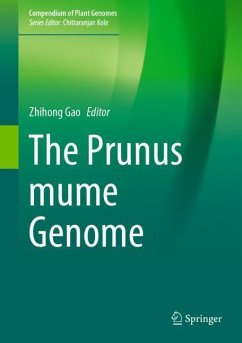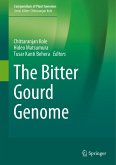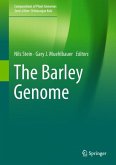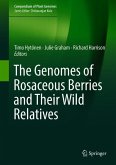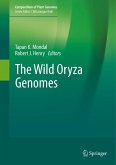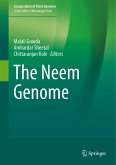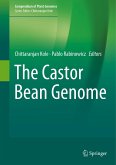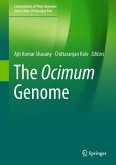This book reviews the current status of P. mume research, highlighting how the new data coming from the release of the P. mume genomes can advance science and help to solve a number of problems facing the P. mume industry.
Prunus mume, which was domesticated in China more than 3,000 years ago as an ornamental plant and for its fruit, is one of the first genomes among the Prunus subfamilies of the Rosaceae family that has been sequenced.
Combining the P. mume genome with available data, scientists have succeeded in reconstructing nine ancestral chromosomes of the Rosaceae family, as well as the chromosome fusion, fission and duplication history of three major subfamilies. The P. mume genome sequence adds to our understanding of Rosaceae evolution and provides an important basis for the improvement of fruit trees.
This book offers an essential a guide for all those who are interested in gene discovery, comparative genomics, molecular breeding and new breeding techniques; and will be particularly useful for scientists, breeders, university students, and public sector institutes that are involved in the P. mume industry and/or Rosaceae research.
Prunus mume, which was domesticated in China more than 3,000 years ago as an ornamental plant and for its fruit, is one of the first genomes among the Prunus subfamilies of the Rosaceae family that has been sequenced.
Combining the P. mume genome with available data, scientists have succeeded in reconstructing nine ancestral chromosomes of the Rosaceae family, as well as the chromosome fusion, fission and duplication history of three major subfamilies. The P. mume genome sequence adds to our understanding of Rosaceae evolution and provides an important basis for the improvement of fruit trees.
This book offers an essential a guide for all those who are interested in gene discovery, comparative genomics, molecular breeding and new breeding techniques; and will be particularly useful for scientists, breeders, university students, and public sector institutes that are involved in the P. mume industry and/or Rosaceae research.

